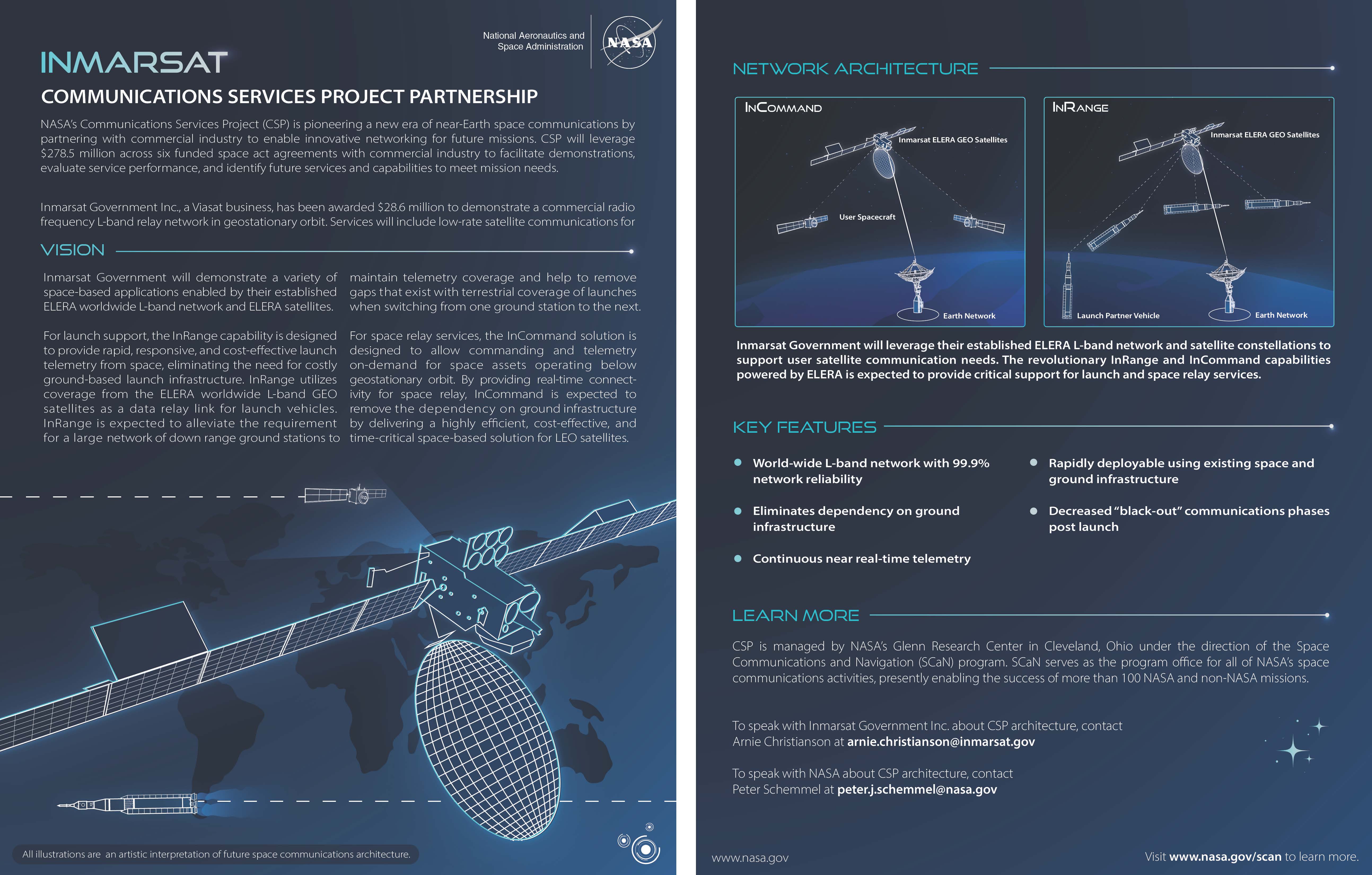For more than a century, scientists have known that the universe has been expanding since the big bang, the primordial event that started everything about billions of years ago.
But so far, they haven’t been able to resolve a tricky problem. How fast is it expanding? That’s because there’s a disparity between the estimated rate based upon radiation left over from the big bang, known as the cosmic microwave background, or CMB in scientific lingo, and the significantly faster pace based on observations of supernovae. The rate of the universe’s expansion is known as the Hubble Constant, so the disparity is referred to as the “Hubble Tension.”
Scientists have held the belief that the universe’s continued expansion has been driven by a force called dark energy, which seems to have begun reversing the universe‘s deacceleration 7 or 8 billion years after the big bang.
What Is Dark Energy?
“Dark energy is a hypothetical source of energy in the universe today that, according to our best understanding of the universe comprises approximately 70 percent of the total energy in the universe,” explains Glenn Starkman, a distinguished university professor and co-chair of the physics department at Case Western Reserve University.
“The primary evidence for its existence is the accelerating expansion of the universe that appears to have been going on for the last several billion years,” says Starkman. “To drive such an expansion requires a source of energy that doesn’t become more dilute (or dilutes very little) as the universe expands. This disqualifies most sources of energy — e.g., ordinary matter, or dark matter, both of which become less dense as the universe gets bigger. The simplest model of dark energy is that it is the unchanging energy density associated with empty space. As such, if space expands, the density of dark energy would stay constant.”
But, there are plenty of things that are unexplained about dark energy, including why it didn’t exist all along. And even the inclusion of dark energy in the standard model doesn’t resolve the disparity between the two measurements of cosmic expansion.
And Early Dark Energy?
But two new, yet-to-be-published studies, both based upon data gathered between 2013 and 2016 by the Atacama Cosmology Telescope (ACT), may help point to a possible solution for a problem. Researchers believe that they’ve found traces of a type of “early” dark energy that existed in the first 300,000 years after the big bang. This recent article in Nature by Davide Castelvecchi first publicized the two papers, one by the ACT team and the other by an independent group that included Vivian Poulin, an astrophysicist at the University of Montpellier in France, and colleagues Tristian L. Smith and Alexa Bartlett of Swarthmore College.
The idea of early dark energy initially was proposed a few years ago by Poulin, then a postdoctoral fellow at Johns Hopkins University, Smith and colleagues, as a way of resolving the question.
“Early dark energy is a proposal for another form of dark energy, i.e., not obviously related to the dark energy causing today’s accelerated expansion,” Starkman explains. EDE “would have played an important role in the universe long ago, when the universe was about 10,000 times smaller and hotter than it currently is.” It’s a concept, he says, that “has been devised to solve certain mysterious disagreements about the history of the expansion rate of the universe.”
As the Nature article explains, early dark energy wouldn’t have been strong enough to cause the universe’s accelerated expansion billions of years later. Instead, it would have indirectly influenced it, by causing the mix of elementary particles, or plasma, formed shortly after the big bang, to cool down more quickly. That, in turn, would affect how the cosmic microwave background should be measured — especially measurements of the age and rate of expansion of the universe based on how far sound waves could travel in the plasma before it cooled into gas — and result in a faster rate of expansion that’s closer to what astronomers calculate based upon celestial objects.
Early dark energy is a tricky theoretical solution, but “it’s the only model we can get to work,” as Johns Hopkins University theoretical physicist Mark Kamionkowski, one of the authors of the 2018 early dark energy paper, explained to Nature.
The Conclusion Is Not Clear
The two studies might help to bolster the case for early dark energy, but one of the researchers involved says he still isn’t entirely convinced and cautions that more work is needed to come to a clear conclusion.
“I have been skeptical about early dark energy models due to problems that they face in matching high-precision measurements of the large-scale distribution of galaxies and matter in the universe (‘large-scale structure’, or LSS),” Columbia University assistant professor of physics J. Colin Hill, co-author of the ACT team’s study, notes in an email. (Hill’s questioning of the concept is reflected in this paper that he co-authored in 2020, and in a later paper as well, and he also mentions another paper by other researchers that raises similar complications.)
“The takeaway from the three papers linked above is that the early dark energy models that fit the CMB data and the Riess, et al., H0 data yield predictions for LSS that do not match the data from these surveys,” Hill writes in the email. “Thus, we concluded that a different theoretical model is probably needed, or at least some modification of the early dark energy scenario.”
In the new study that Hill and ACT colleagues just posted, they didn’t consider LSS data in the analysis, and instead focused almost exclusively on CMB data. “The goal was really to see if Planck and ACT CMB data gave consistent results in the early dark energy context. We found that they give somewhat different results, which is a major puzzle that we are now hard at work trying to understand. From my perspective, the LSS problem for the early dark energy scenario remains unsolved.”
“In addition, the Planck data on their own (which remain the most precise data set in cosmology) don’t show a preference for early dark energy,” Hill explains. “Thus, despite the hints that we have seen in the ACT data for early dark energy, I remain cautious about whether this model could really be the final story. We’ll need more data to find out.”
If it existed, early dark energy would have been similar to the force that is believed to be driving the universe’s current rate of expansion. But it still would require a significant rethinking of the theoretical model.
“The main difference is that this early dark energy must play a role only for a brief period in cosmic history, and then must ‘vanish’,” Hill says. “To achieve this, we construct particle physics models of a new field (technically, an axion-like field) that acts to briefly accelerate the expansion of the universe prior to recombination, but then rapidly fades away and becomes irrelevant.”
“In contrast, the current leading picture for standard dark energy is that it is simply a cosmological constant, likely sourced by vacuum energy,” Hill continues. “This form of energy does not change with time. It is possible, however, that standard dark energy could be due to some new fundamental field that we have not yet understood. In this case, it may well be time-evolving, and it could thus bear some similarity to the early dark energy model discussed above.”
“Again, we’ll need more data to probe these questions more precisely, and hopefully find out answers in the coming decade,” Hill says. “Fortunately, many powerful experiments are coming online soon.” He mentions facilities such the Simons Observatory , which will study CMB, as well as the Rubin Observatory and the Euclid and Roman space telescopes, which will gather new information about LSS. “It should be very exciting to see what we find,” he says.
Here’s a YouTube video in which Hill discusses early dark energy:
Starkman says it’s important to be careful with such “extraordinary” claims, unless the evidence is clear and compelling. As he points out, there’s evidence against EDE as well. “The current results show increasing tensions between two experimental data sets of the observation of the cosmic microwave background — from the European Space Agency’s Planck satellite which flew in the early part of the last decade, and from the current Atacama Cosmology Telescope. The former seems not to support the idea of early dark energy, while the latter now does. Such tensions between experiments are common and frustrating. It is tempting to say that more data from ACT will settle the matter, but simply overwhelming the completed Planck data with more ACT data will not explain why the Planck data does not favor EDE. The tension seems likely to require a revised understanding of one of these experiments in order to provide a clear case one way or another.”
Wendy Freedman, a professor of astronomy and astrophysics at the University of Chicago who’s worked on measuring cosmic expansion, thinks it’s important to pursue various alternative models.
The Lambda Cold Dark Matter (LCDM) Model
“We currently have a standard model of cosmology, the so-called lambda cold dark matter (LCDM) model,” Freedman, the author of this article, published Sept. 17, 2021, on the Hubble Constant in The Astrophysical Journal, explains in an email. “In that model about 1/3 of the overall matter energy density is due to matter (most of which is dark matter) and 2/3 is due to a component of dark energy.”
“However, at the current time, we do not know the nature of either dark matter or dark energy,” Freedman continues. “Yet LCDM provides an extremely good fit to a very wide range of different experiments and observations. Given our state of knowledge, it is clearly important to further test the standard model. The current apparent discrepancy between the value of the Hubble constant inferred from CMB measurements and some local measurements could be signaling new physics. This is why I say that it is important to investigate other models beyond lambda CDM.”
But Freedman adds an important caveat: “Alternatively, there may be some as-yet-unknown systematic error that is responsible for the apparent discrepancy. It is therefore also important to reduce the uncertainties in the present Hubble constant measurements.”
Note: This article have been indexed to our site. We do not claim ownership or copyright of any of the content above. To see the article at original source Click Here













